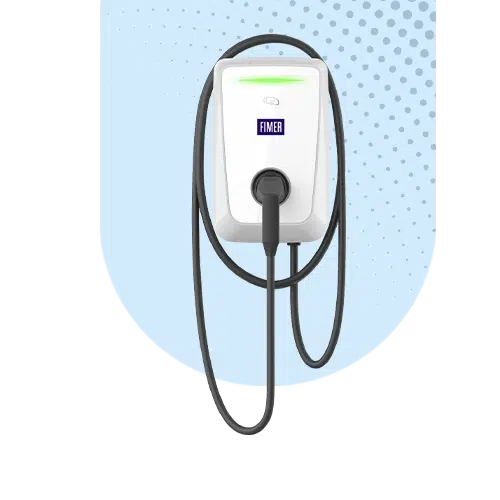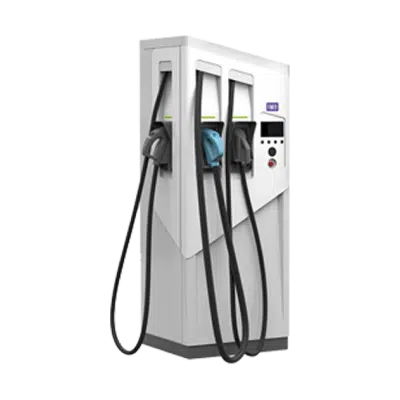Get high quality EV chargers with cutting edge technology for a greener, more sustainable future.
EV Charging Stations

EV Charging Stations



People underestimate how close the “end of oil” is. Fossil fuels, such as gasoline, are not renewable resources. Furthermore, the usage of fossil fuels results in pollution, greenhouse gases, and other pollutants that are hazardous to human health.
Normal charging points are not only less expensive, but they also use less electricity and take up less space, lowering capital expenses even further. They can be connected to low-voltage single- and three-phase distribution networks that are common in buildings and public areas.
A dense network of low-voltage EV charging stations minimizes the need for high-voltage and ultra-high-voltage charging stations, which are more expensive and can be harmful to EV battery health if used excessively.
By placing EV charging stations in areas where vehicles frequently park, EV owners may charge their vehicles while they are parked, saving time and reducing the distance traveled to a public charging station.
Local emissions are zero for all battery-electric vehicles (BEVs). Furthermore, because PHEVs and HEVs are more efficient than gasoline-only vehicles, they emit far fewer tailpipe emissions, even while solely running on gasoline.
There’s a prevalent misconception that electric vehicle production — and the energy electricity needed to charge them — produces the same amount of damaging pollution as gas-powered automobiles. That simply isn’t the case. Electric vehicles emit fewer pollutants. Electric vehicles will continue to get cleaner as the grids that power them expand their reliance on renewable energy sources. On our end, all of our EV chargers are powered by 100 percent renewable electricity generated by wind and solar
Public charging infrastructure should be positioned in regions where there is a strong demand for charging. The demand for public charging at a given location will be determined by a variety of factors, including population and employment density, parking availability, traffic volumes, and the presence of points of interest such as commercial establishments, transit stations, or tourist attractions, among others. It also depends on whether or not other private or semi-public charging stations are available in the neighborhood.
